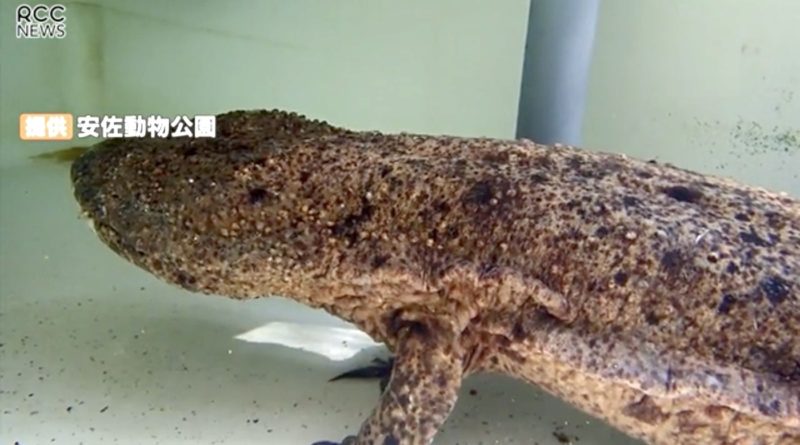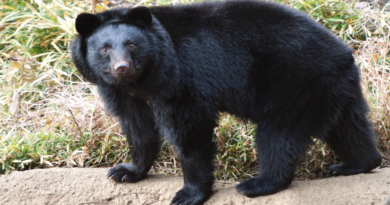Giant Salamander: Far from home
A giant salamander which headed to town from its native habitat captured the attention and hearts of Hiroshima locals this week.
No ordinary salamander, the Ōsanshōuo is the Japanese giant salamander is the 3rd largest amphibian species in the world and designated as a special national natural treasure. In these parts, Ōsanshōuo are generally only found in the fast flowing clear waters of mountain streams in the north of the prefecture – you might have seen one particularly sad-looking specimen in a tank at the restaurant in Sandankyo gorge.
It’s easy to imagine, then, how surprised a passer by was when they noticed a large specimen chilling out on the water-covered steps across from Hiroshima’s A-bomb Dome on April 5.
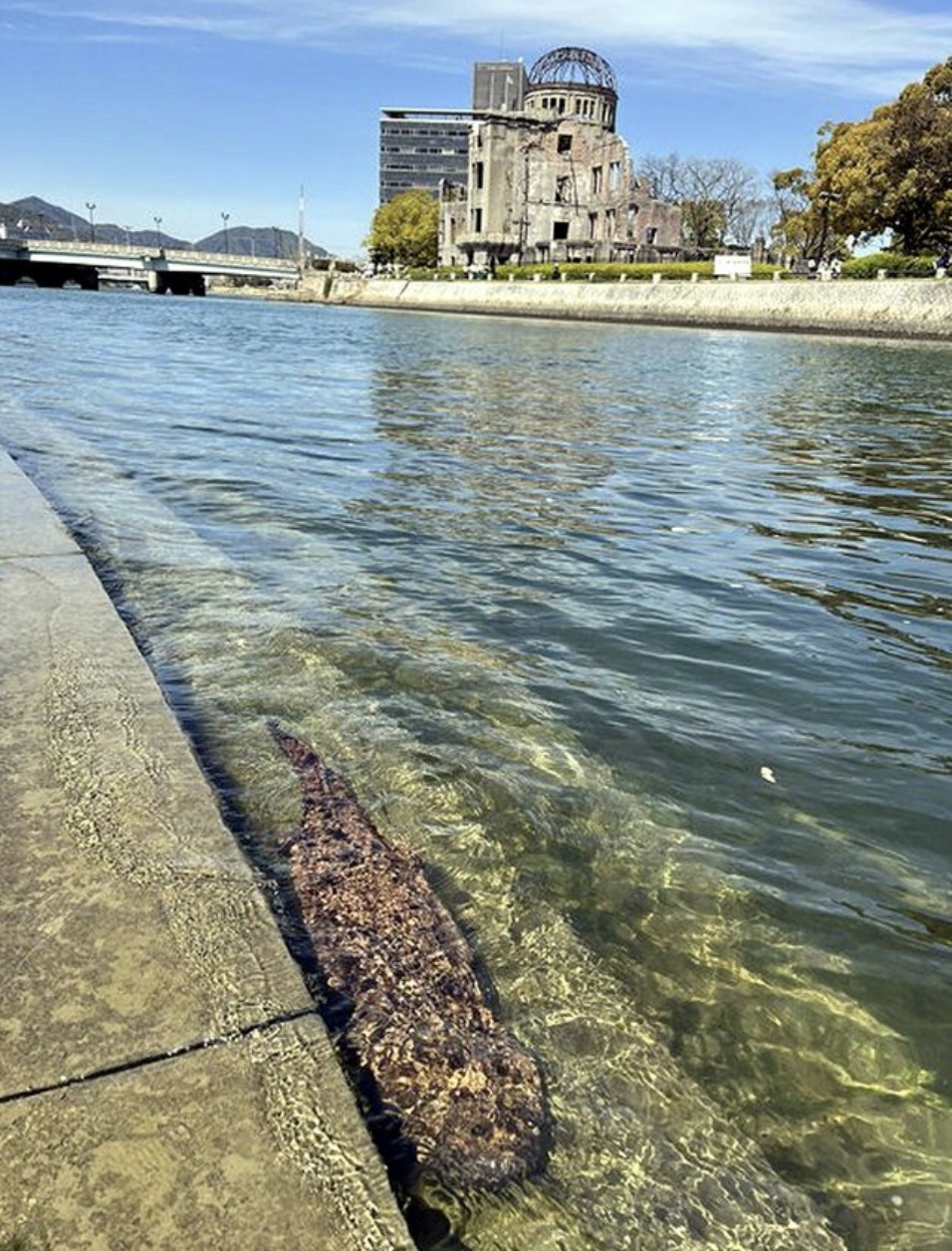
Photo: Chugoku Shinbun
About 5 minutes after taking a quick photo the approximately 1 meter long salamander was seen paddling off into the middle of the river. It’s extremely rare for these creatures to be found so close to the sea and the sighting reportedly had experts scratching their heads. Ōsanshōuo are generally nocturnal and prefer fresh water and it is thought that this specimen may been been seen near the surface to avoid the more salty water near the riverbed. Experts conjecture that it was washed down river due to a cause unknown.
Concerned that the it wouldn’t be able to survive in the tidal waters of the Ota River, experts and local media embarked on a hunt for the country salamander with big city dreams.
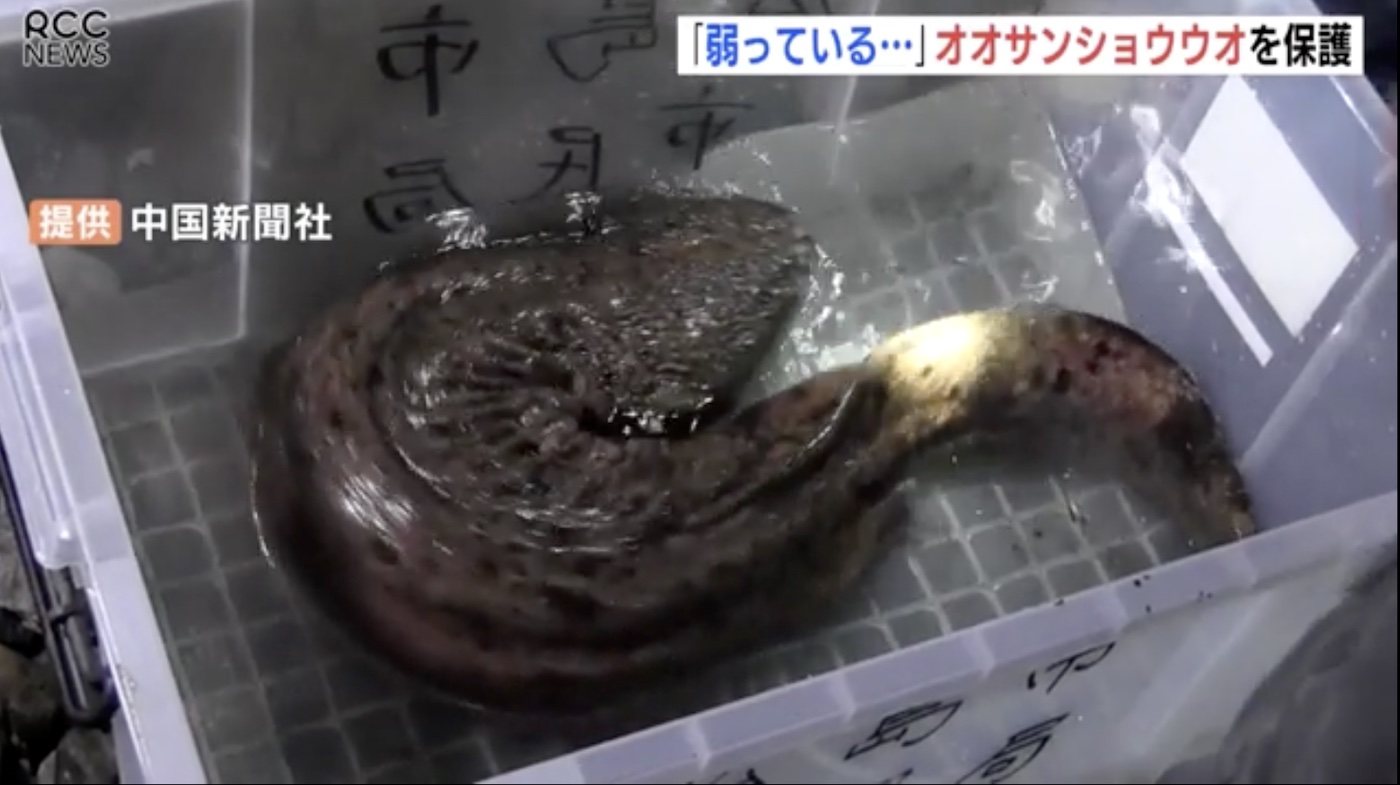
At around 5pm on April 7, a reporter from Chugoku Shinbun discovered the salamander under some rocks below the West Heiwa Bridge, about 500m downstream from where it was first sighted, and contacted authorities. An expert from Asa Zoo was despatched and the salamander was captured at around 9pm. The specimen was measured at 93.9cm in length, weighs 6.35kg and is estimated to be at least 50 years old.
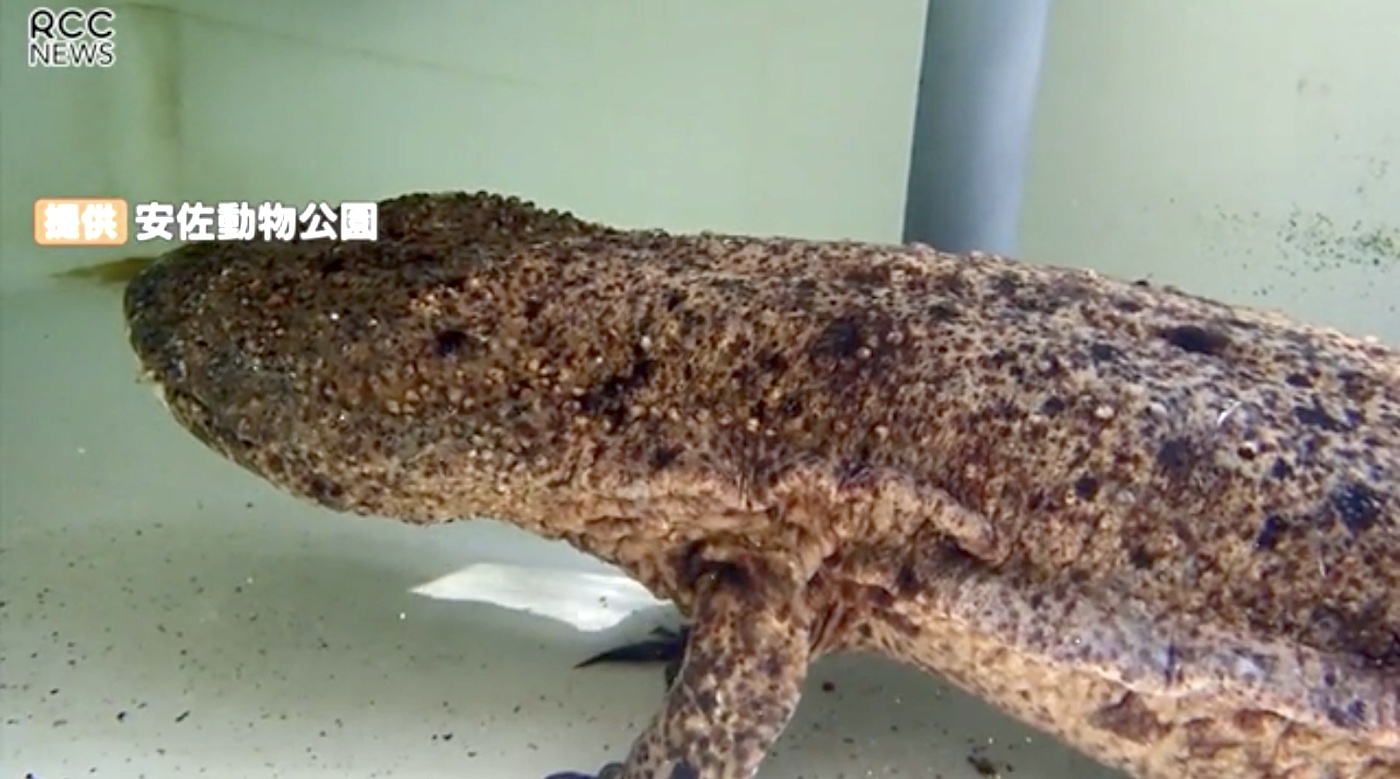
It is believed that it was discovered just in time as it was found out of water and the Ota River around Peace memorial Park is far too salty for comfort. Displaying cuts around the mouth and showing signs of internal bleeding thought to have been caused by taking in saltwater the specimen is undergoing treatment at Asa Zoo.
Sources: Chugoku Shinbun | RCC News


